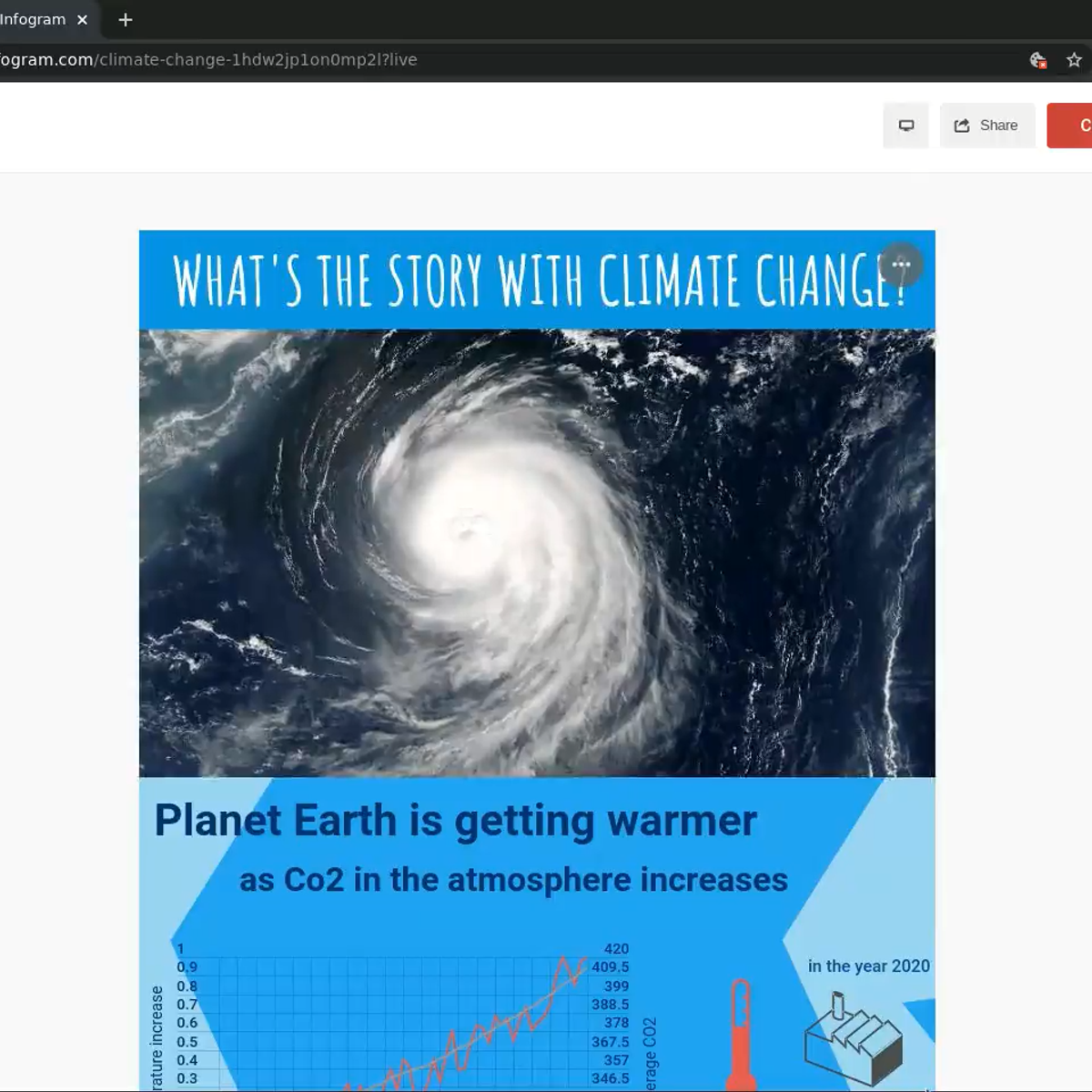Back to Courses









Business Courses - Page 13
Showing results 121-130 of 2058

Creating a Budget in Libre Calc for a Small Business
In this 1-hour long project-based course, you will learn how to access Libre Calc, understand why budgets are useful and create new tabs, populate budget data into the tabs in an organized way, create formulas within tabs to obtain useful information, create dropdowns using the data validation tool, and link data from multiple tabs into a single sheet, to obtain an overview of the business’ performance.
Note: This course works best for learners who are based in the North American region. We’re currently working on providing the same experience in other regions.

Finance for Everyone Capstone Project
Each course in F4E offers key insights and knowledge you will be able to apply in real-life situations. You’ll test drive those insights through activities and assessments that will influence your key money Decisions, your participation in financial Markets, your experience in preserving or creating Value, and in managing Debt. These activities are designed to immerse you in financial thinking by giving you a safe environment for buying and selling and for making, creating, simulating, writing, and teaching. Each activity is a milestone in your learning process and each milestone has a product that will be part of your learning portfolio. The Capstone Project is the culmination of your F4E experience. It will engage you in a series of scaffolded and reflective exercises focused on a single aspect of the specialization selected by you to match your learning goals, and will help you create a piece of work that reflects your new knowledge and showcases your new skills for your employer, colleagues, friends and family.

A Business Approach to Sustainable Landscape Restoration
Integrated landscape management and large-scale landscape restoration should be in every company’s business strategy because in order to reach the Sustainable Development Goal on Land Degradation Neutrality (SDG Number 15.3) scaling up and acceleration of business-driven landscape restoration is urgently needed.
This requires business professionals with a vision, the right knowledge and skills. This MOOC aims to train the next generation of business professionals and developers to acknowledge business’ interdependency with healthy landscapes and understand the value of ecosystem resources.
“Historically, we have found countless ways to justify our continued exploitation of the environment: discovery, tradition, Manifest Destiny, even Chinese hoax. But we’re all out of excuses now. Each passing day swells the data on greenhouse gases and extreme weather, shrinking reservoirs and rising sea levels, and diminishing biodiversity. Our resources are finite, the window for change if not firmly shut, is certainly closing, and all life must adapt or be doomed.”
Téa Obreht,
The New Yorker, Dec. 19&26, 2016, p. 106.
It is a frightening prospect indeed – that all life on Earth must either adapt or be doomed. This course is about landscape degradation – a global and wicked problem that is contributing to the dooming prospect of depletion of Earth’s finite resources. But this course is also about the solutions to this problem – business driven landscape restoration.
So rather than leaving you powerless with the prospect Obreht puts fowards above, it is our hope that you learn how you can be part of the solution to making sure that Planet Earth still provides a safe and habitable home for future generations.
We must act big and we must act now.
With this course we want to pass on valuable knowledge and teach you useful skills that you can apply in your professional life that will enable you to tackle the issue of landscape degradation and restoration.
The issue is urgent, so let’s dive right into it.
This MOOC is developed by the ENABLE partnership, which is co-funded by the ERASMUS+ programme of the European Commission and involves a diverse, international group of organizations including Rotterdam School of Management, Erasmus University, Commonland, United Nations University Land Restoration Training Programme, the Spanish National Research Council and Estoril Global Conferences.

Create an infographic with Infogram
In this 2-hour long project-based course, you will learn how to design effectively an infographic with infogram.com, adding line, bar and map charts, and connecting the data story with text and visuals.
Note: This course works best for learners who are based in the North America region. We’re currently working on providing the same experience in other regions.
Financial Accounting: Advanced Topics
In this course, you will explore advanced topics in financial accounting. You will start your journey with accounting for assets with more than one-year life. You will learn in detail how firms account for fixed assets. You will then move to financing of assets and discuss accounting for liabilities. The course will continue with an in-depth exploration of shareholders’ equity. Finally, you will critically evaluate preparation, components, and analysis of cash flows statement.
Upon successful completion of this course, you will be able to:
• Account for fixed assets
• Understand accounting for liabilities
• Evaluate shareholders’ equity section of a balance sheet
• Understand preparation and information provided by cash flows statement
This course is part of the iMBA offered by the University of Illinois, a flexible, fully-accredited online MBA at an incredibly competitive price. For more information, please see the Resource page in this course and onlinemba.illinois.edu.

Design, Format, and Presentation in Microsoft PowerPoint
At the end of this project you will be able to design, format, and present an exciting PowerPoint presentation. First, you will learn how to choose a design to start your PowerPoint presentation. Then, you will get to know different format options to make changes to text and objects. You will also learn all about presenting your PowerPoint presentation. Creating a Microsoft PowerPoint knowing all these features will allow you to be able to have an easy time during the creation of your PowerPoint. Attractive designs allow your audience to stay focused and interested. Great formatting allows your content to be presented in a professional and visually appealing way. Tips and tricks about presenting, allow you to have an easier time presenting as well as entertain your audience.
The goal of this project is to teach you how to be successful with your presentations and how to make the process of creating more efficient.

Create attractive infographics with Creately
This project allows you to discover Creately, an online software to design Infographics. You will understand the various features of the platform and be able to create personalized and professional infographics for your business. You will have all the basic skills to use Creately easily and quickly to create infographics for your brand.

Fundamentals of Color and Appearance
The Fundamentals of Color and Appearance is an interactive online course, where you will gain a solid foundation in color and appearance science. From the physics of color to lighting, spectrophotometers and color data, you will learn how to measure, view, and communicate color.
This class is designed for all industries and individuals who are quality control and assurance professionals, lab technicians, parts suppliers, manufacturing specifiers, designers and anyone who evaluates or approves color.

Scaling Operations: Linking Strategy and Execution
Over the past several decades, operations strategy has played an increasingly important role in business’ success. In this course, we will equip you with concepts and tools to build operations in a way that not only supports your competitive strategy, but also allows you to create new opportunities in the market place.
Scaling operations: Linking strategy and execution is a five-week course dedicated to making strategic decisions that are grounded in operational reality. Together, we will study how to build and evaluate the “operating system” of the firm to maximize value. This involves tailoring the firm’s operational competencies, assets, and processes to a specific business strategy.
Each week, we’ll explore case studies, engage in discussions and examine realistic data. Thanks to our data-driven approach, you’ll be able to implement your learning directly into practice. At the end of this course, you’ll be ready to build an effective, actionable plan to scale your department or organization.

Design a Professional Business card with QR code using Canva
In this 1-hour long project-based course, you will learn how to design a high-quality business card that is professional, attractive and suited for the digital age. With this card, your clients can save your contact details on their mobile in an offline mode with just a click. They will also be able to connect with your Facebook Business page, LinkedIn Id, Twitter and Snapchat. They can Whatsapp you and they will also be able to watch your Youtube promotional videos. They will be able to take a look at all the products and services that you offer on your website. They can text you, call you and email you with just a click. They can also have access to the Google map location of your business. So we will be creating a business card that will be able to do all of these and more.
We will also be building a cloud-based Virtual Business card that you can easily share with your clients digitally. In the final task, we will integrate this virtual business card with the physical one in order to maximize the benefits of using both cards: virtual and paper-based.
Note: This course works best for learners who are based in the North America region. We’re currently working on providing the same experience in other regions.
Popular Internships and Jobs by Categories
Find Jobs & Internships
Browse
© 2024 BoostGrad | All rights reserved